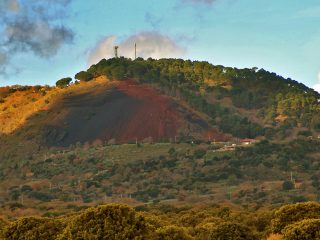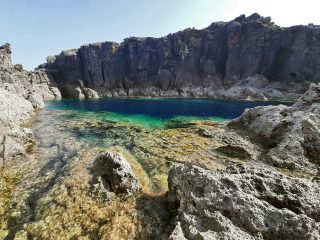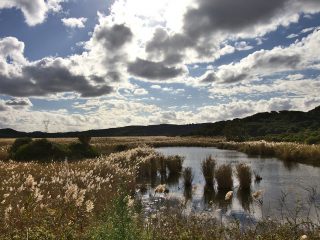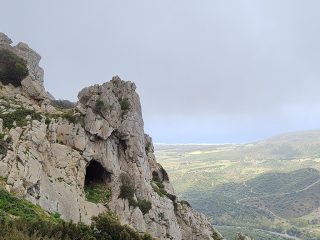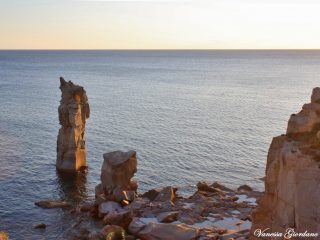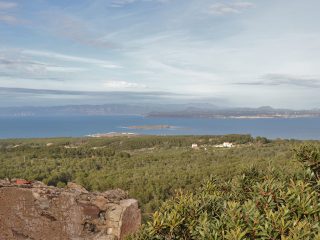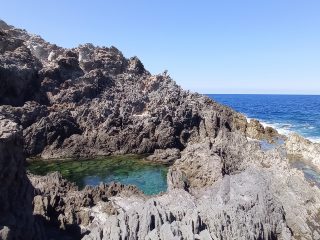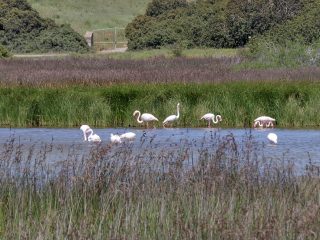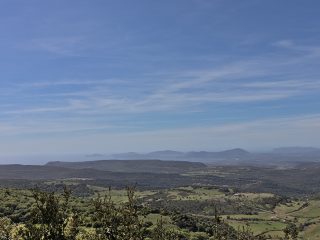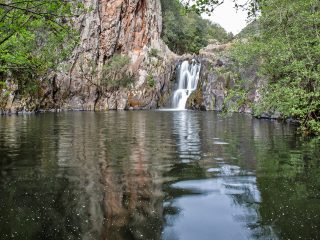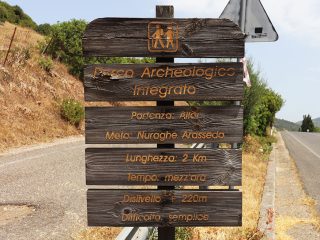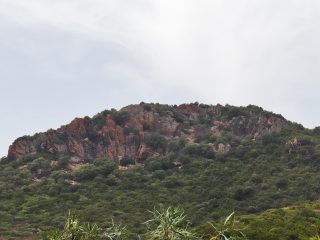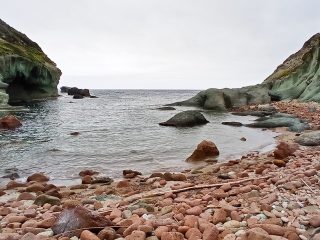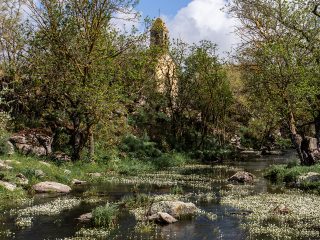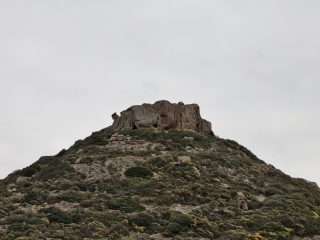The Hortus Botanicus Karalitanus (HBK) includes the Botanical Gardens, Sardinia’s Gene Bank (BG-SAR) and the Botanical Museum (MBK). As well as its research work, and providing environmental information and education, some of its main objectives include the preservation and enhancement of plant diversity.
The Botanical Gardens, stretching across a surface area of around 5 hectares, stands on an archaeological site between the Roman Amphitheatre and the Villa di Tigellio. It has a well and several cisterns from the Roman era which have been carefully preserved. It houses collections of tropical, subtropical and Mediterranean species, with four greenhouses and different pools dedicated to aquatic plants. Some of the most attractive areas include the “Palm Grove”, the “Desert” (displaying succulent plants of mainly African and neo-tropical origin), the Roman quarry, the Mediterranean forest, the Biodiversity Rockeries and the Orto dei Semplici (Simple Garden of Medicinal Plants).
Sardinia’s Gene Bank (BG-SAR) plays a key role in preserving Sardinia’s native plant species and in protecting its ecosystems which run the highest risk of extinction on the island. Its key research work is linked mostly to ex situ conservation, the study of “invasive alien species” and paleoethnobotany.
The Botanical Museum (MBK) is home to a display of antique scientific instruments dating back to the 1800s and the early 1900s. It has a collection of models produced according to the ancient art of ceroplastics. These include a model of the first plant in the Botanical Gardens. It was designed in 1867 by the head gardener, Giovanni Battista Canepa, under the supervision of Patrizio Gennari.




